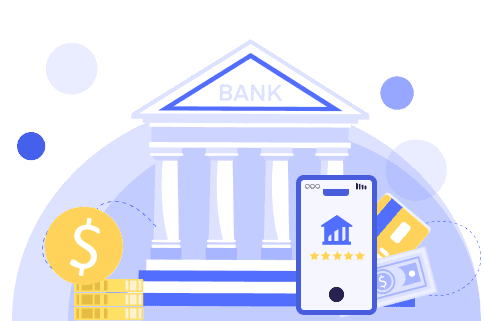ATMs are self-service electronic terminals that provide people with convenient access to banking transactions without the need for a human teller. ATM transactions often include withdrawing money, depositing cash or checks, viewing account balances or transferring money between accounts.
Some banks and credit unions may have on-site ATMs, drive-through ATMs that aren’t connected to a branch’s location or ATMs located in particular retail spots like malls and department stores.












